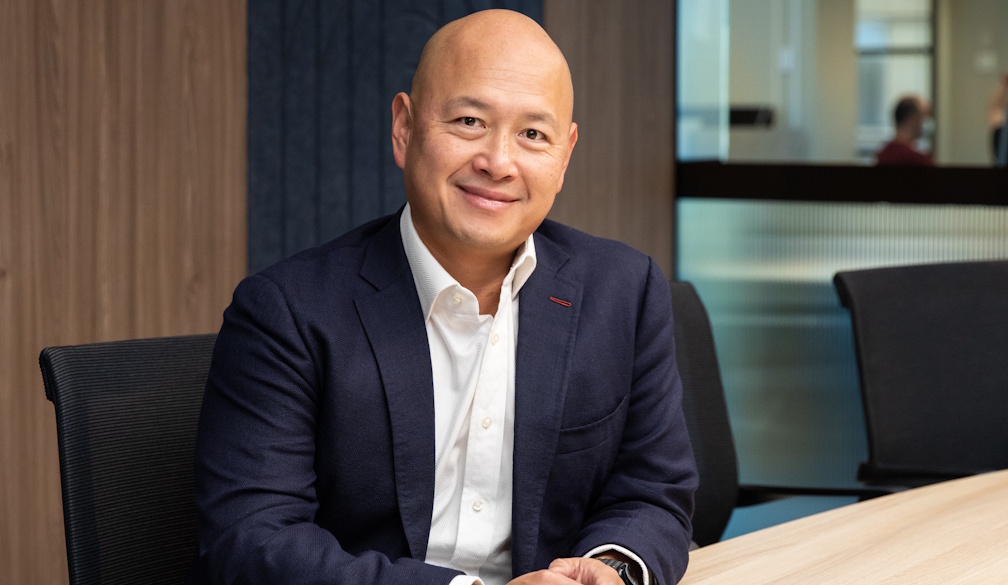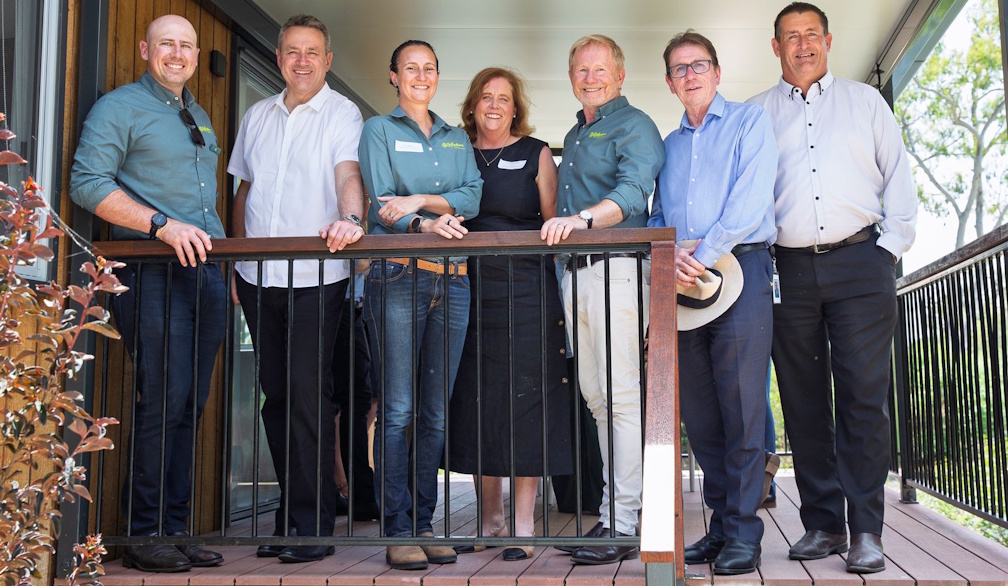Would you pay to quit TikTok and Instagram? You’d be surprised how many would
- Written by Peter Martin, Visiting Fellow, Crawford School of Public Policy, Australian National University

Social media is a problem for economists. They don’t know how to value it.
It has long been argued that it ought to be in the national accounts[1] as part of gross domestic product. One 2019 study estimated Facebook alone is worth US$40 to US$50[2] per month for consumers in the United States.
But that’s not what we pay. Social media isn’t charged for, and the national accounts measure only the things we pay for, no matter how significant they are in our lives and how many hours per day we spend using them.
As the Australian Senate prepares to hold an inquiry[3] into the impact of social media, economists meeting in Adelaide at the annual conference[4] of the Economic Society of Australia have been presented with new findings about the value of social media that point in a shocking direction. They suggest it is negative.
That’s right: the findings suggest social media is worth less to us than the zero we pay for it. That suggests we would be better off without it.
Better off without social media?
Leonardo Bursztyn of the University of Chicago presented the findings in the keynote address[5] to the conference.
The findings are shocking because they upend one of the tenets of modern economics – that we value the things we do. Put differently, it’s that our behaviour is the best indication of our preferences. The man who developed this theory of revealed preference[6] went on to win the Nobel Prize in Economics.
Here’s what Bursztyn and his colleagues did.
They surveyed more than 1,000 US university students, asking a series of questions about TikTok, Instagram and Google Maps (more about maps later).
The first set of questions was designed to ascertain how much they would need to be paid (or would be prepared to pay) to be off TikTok and Instagram for a month.
What’s it worth to disconnect for a month?
The questions get at the answer by repeatedly offering different prices until one is accepted. The students are told one of them will be chosen at random to actually get (or pay) the money and be monitored to ensure they stick to the deal.
The answers suggest users value these platforms a lot, on average by US$59 per month for TikTok and $47 for Instagram. An overwhelming 93% of TikTok users and 86% of Instagram users would be prepared to pay something to stay on them.
Encouragingly, these figures are in the ballpark of those found by other[7] studies[8].
Then Bursztyn and colleagues asked a second set of questions:
If two-thirds of the students on your campus sign up to deactivate, how much would you need to be paid (or be prepared to pay) to sign up too?
Here the answers – obtained by the same sort of repeated offers and an assurance that that previous studies had found nearly all of those who signed up would comply – were in the opposite direction.
Most of the TikTok users (64%) and almost half of the Instagram users (48%) were prepared to pay to be off them, so long as others were off them, resulting in average valuations across all users of minus US$28 for TikTok and minus $10 for Instagram.
Many users would prefer TikTok didn’t exist
The finding is a measure of the extent to which many, many users hate TikTok and Instagram, even though they feel compelled to use them.
To make clear the bizarre nature of his finding, Bursztyn drew the the conference’s attention to another product, a refrigerator.
Could you imagine, he asked, 60% of refrigerator owners saying they wished fridges didn’t exist?
The relationship he has uncovered is more like the co-dependence seen in a destructive relationship, or the way we relate to addictive products such as tobacco that we know are doing us harm.
Bursztyn and his colleagues wanted to make sure it wasn’t repugnance towards technology and big tech that was driving their findings. So they asked questions about digital maps.
Whereas 57% of Instagram users would prefer a world without Instagram, only 4% of maps users would prefer a world without digital maps.
Fear of missing out drives staying in
Asked why those users who would prefer a world without their platform continued to use it, three-quarters of Instagram users and one-third of TikTok users gave an answer that was coded as fear of missing out[10], or FOMO.
The phrases used included “if I stop using it, I will be completely out of the loop”.
Other important reasons were classified as “entertainment” (37% for TikTok, 21% for Instagram) and “addiction” (34% and 10%).
To test for these product market traps[11] outside of social media, Bursztyn and colleagues surveyed owners of luxury brands such as Gucci, Versace, Rolex and found 44% would prefer to live in a world without them.
That non-users would like to wipe these brands from the face of the earth isn’t new. What seems to be new is the finding that actual users feel the same way.
iPhone users want fewer new models
In the case of iPhones, users would simply like fewer new models. Bursztyn and colleagues found an astonishing 91% of iPhone owners would prefer Apple to release a new model only every second year, instead of every year.
It’s advice Apple doesn’t need to heed. Many of these customers will keep buying the new models because they don’t want to miss out, even though they would rather not be placed in that situation.
For economists, the findings suggest there’s an unusual class of products that are worth less than people are prepared to pay for them, even when that price is zero.
For the Australian Senate, about to begin an inquiry, the findings suggest that it’s okay to crack down hard on social media, even though a lot of people use it. Many of them would be grateful.
References
- ^ in the national accounts (hbr.org)
- ^ US$40 to US$50 (news.mit.edu)
- ^ inquiry (www.aph.gov.au)
- ^ annual conference (ace24.org)
- ^ keynote address (economics.yale.edu)
- ^ revealed preference (www.investopedia.com)
- ^ other (papers.ssrn.com)
- ^ studies (news.mit.edu)
- ^ Shutterstock (www.shutterstock.com)
- ^ fear of missing out (www.forbes.com)
- ^ product market traps (cepr.org)
Authors: Peter Martin, Visiting Fellow, Crawford School of Public Policy, Australian National University












